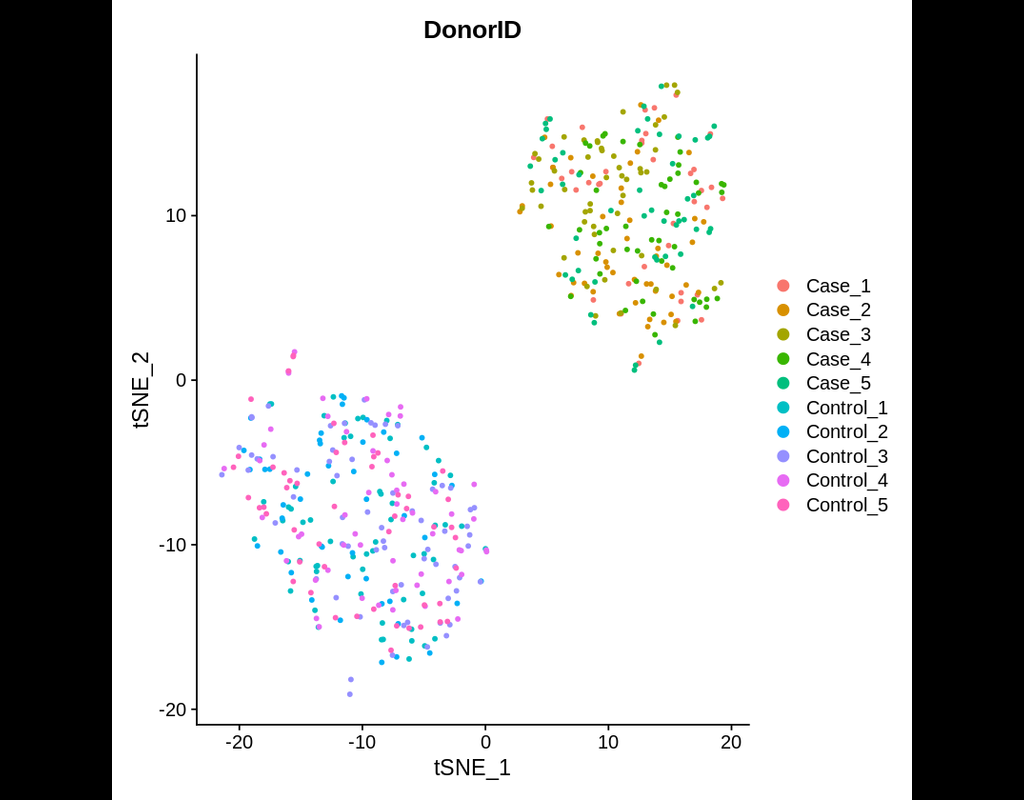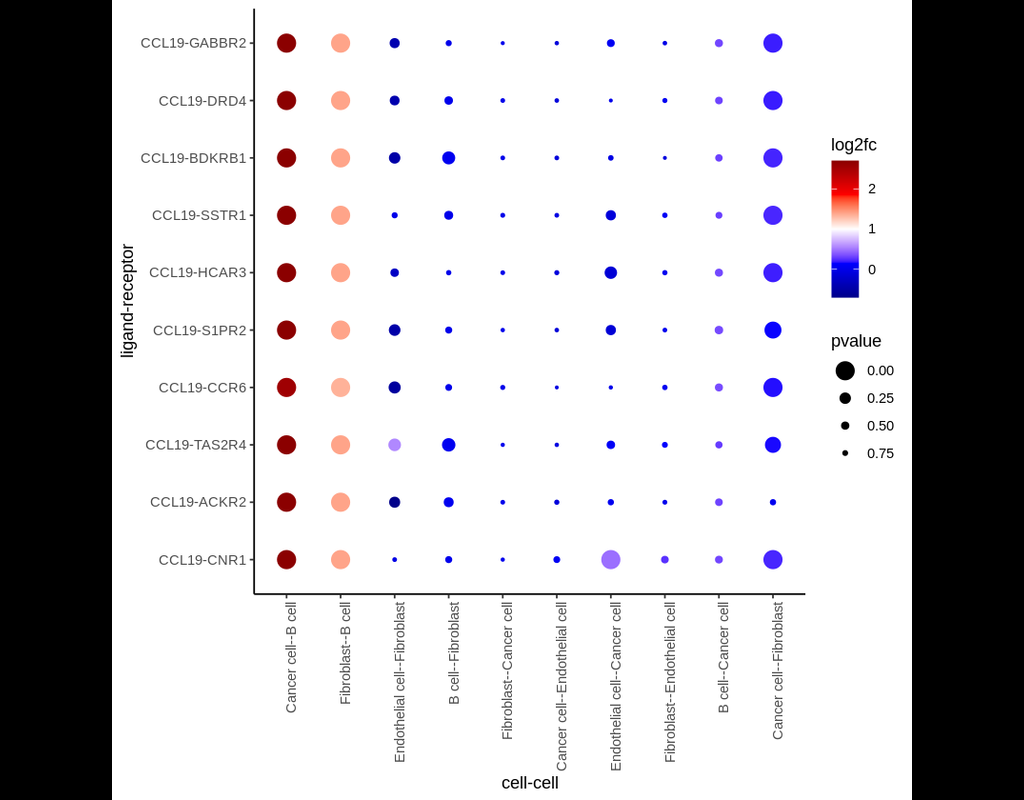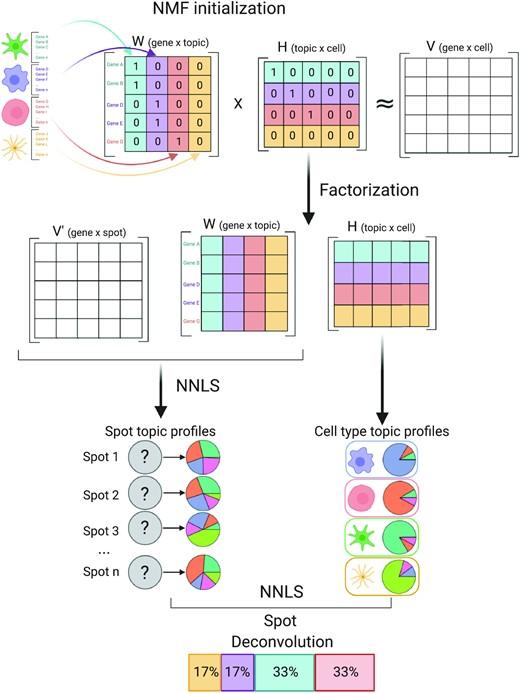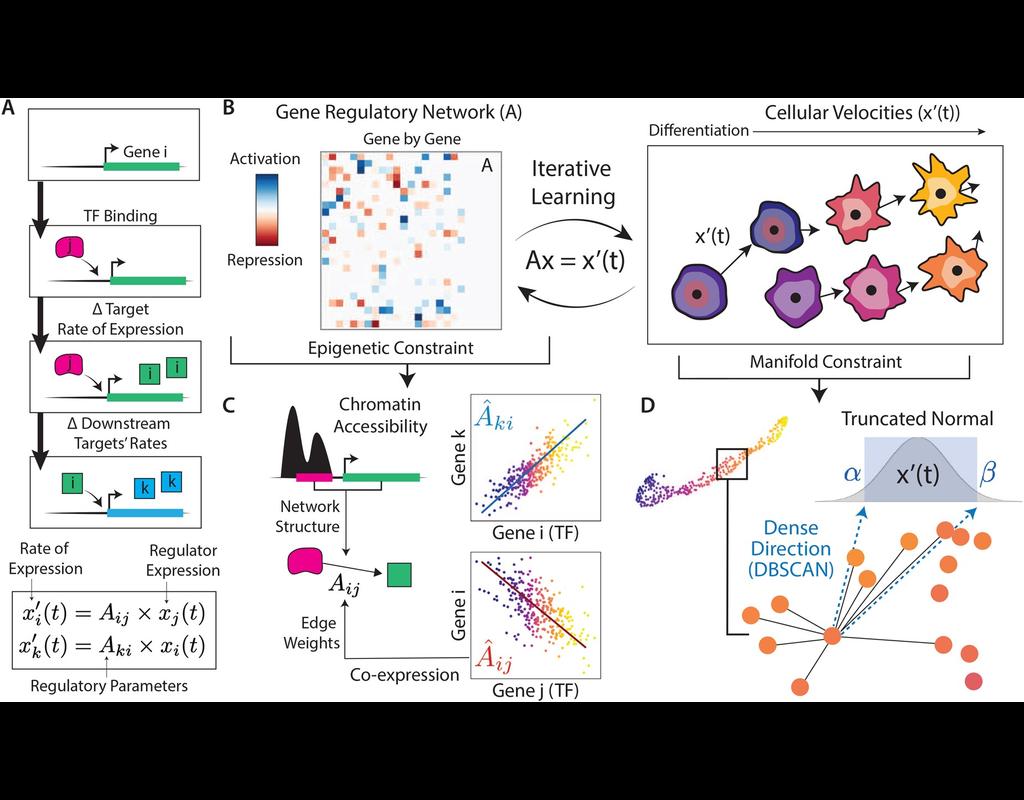Notebooks
Premium
Trends
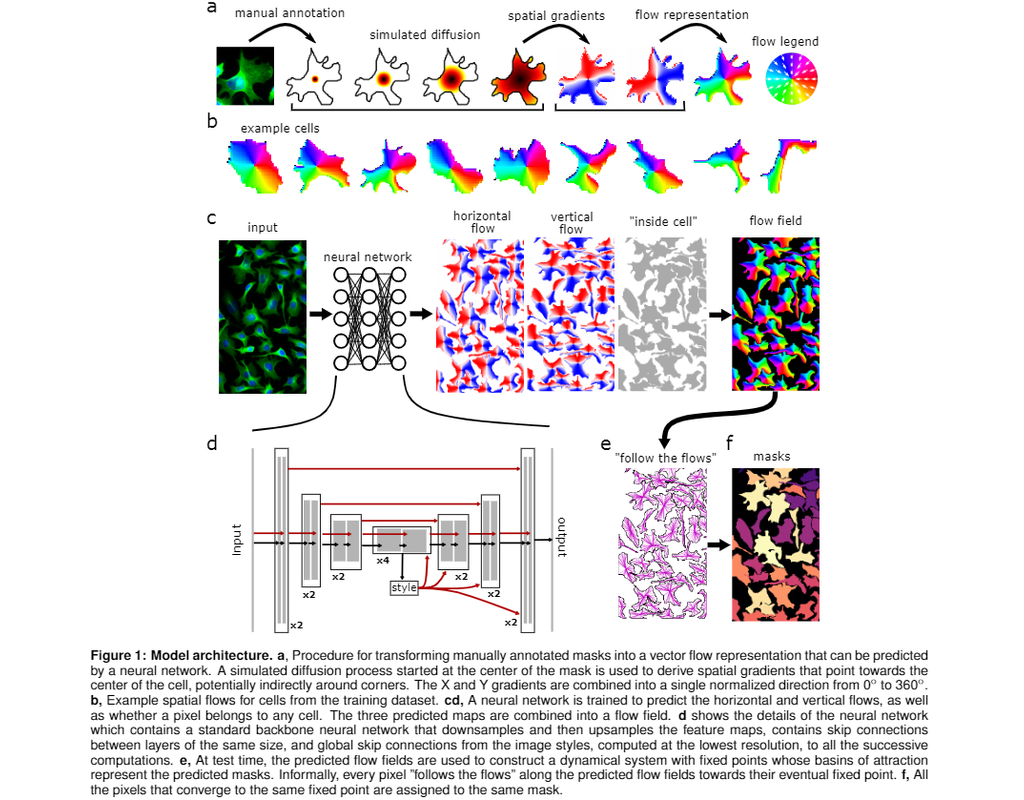
BioTuring
Cell segmentation is the process of identifying and isolating individual cells in an image, typically a microscopic image. This is a crucial step in many biological studies, as it allows researchers to analyze individual cells and their properties.
(More)




